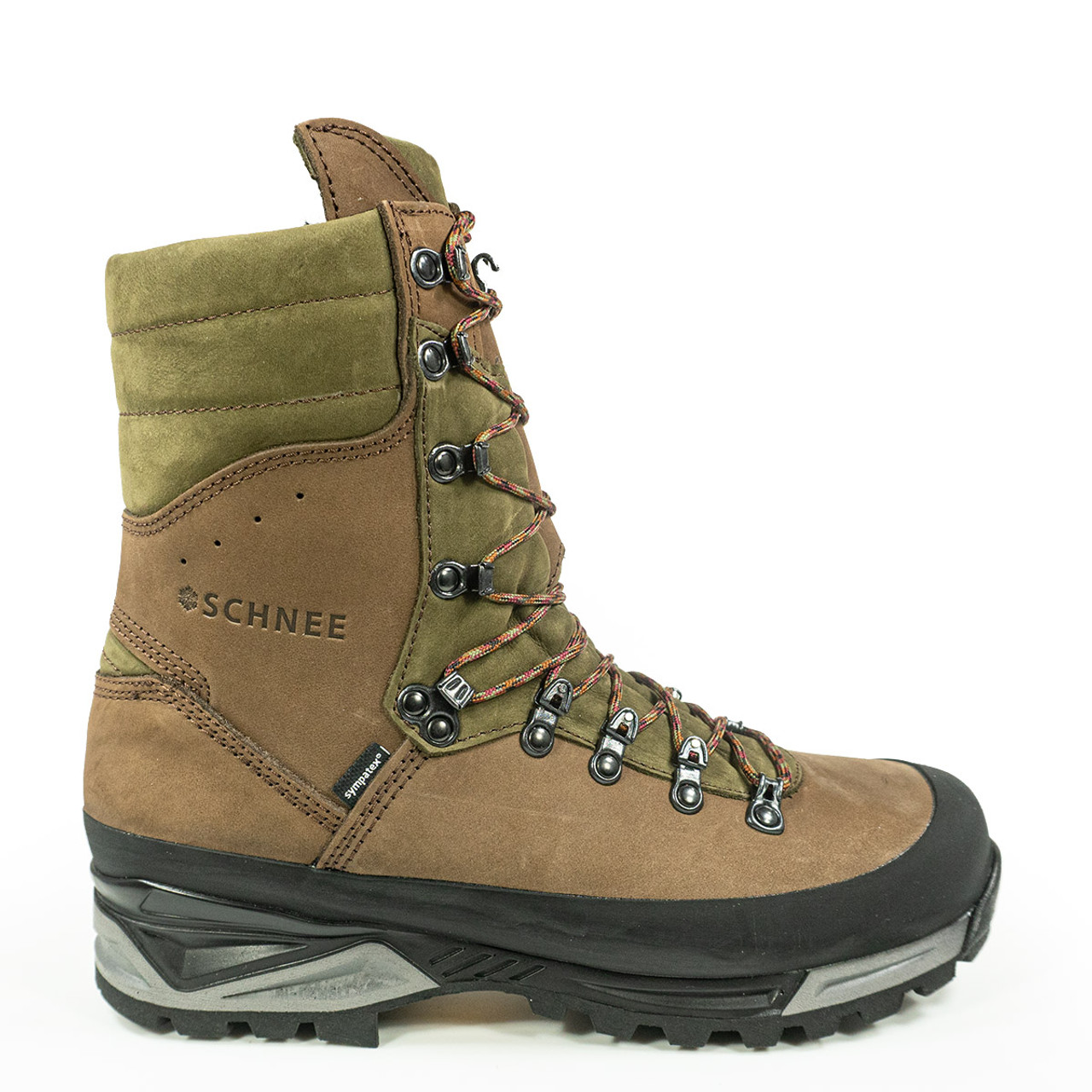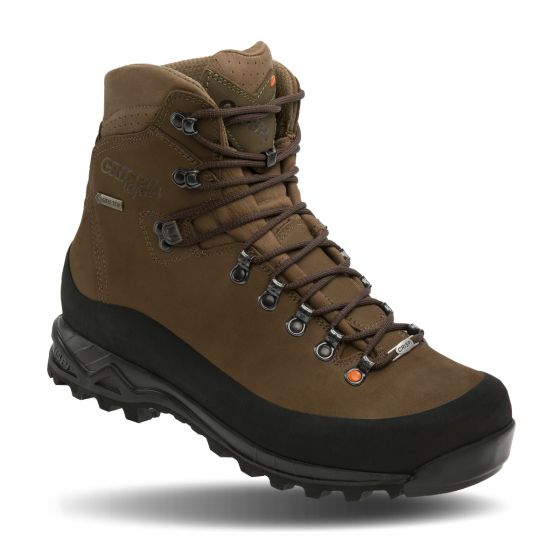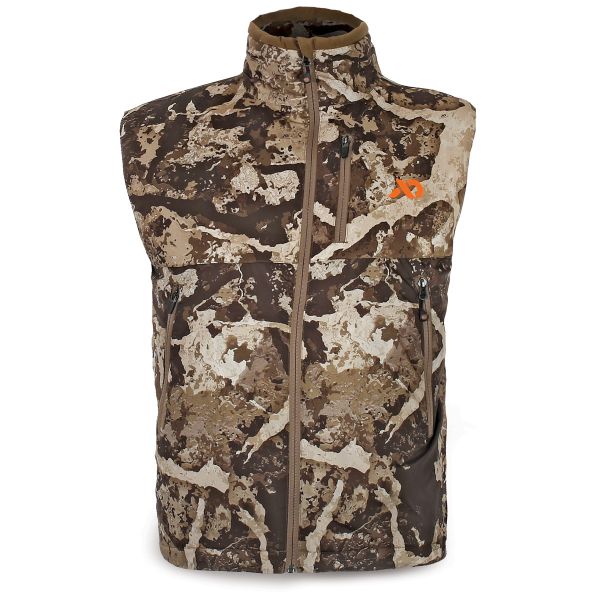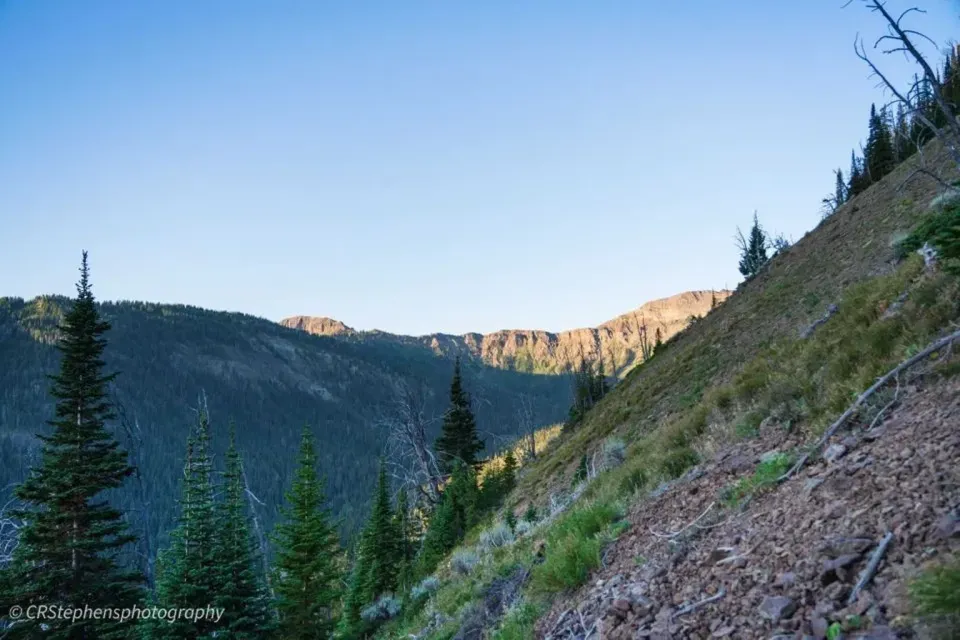


Montana Elk Hunting Gear List
The weather during the long hunting season in Montana varies greatly. In order to best combat this variability I will give a couple of different lists based on the time of the season/weather outlooks. The elk hunts that I guide on, ranging from the wilderness to the rolling hills.
May contain sponsored links*Optics

Binos
Binoculars are a huge part of my game when it comes to hunting elk. I usually stick to the 10x42's but also like using the 12x50's in some situations. I have used quite a few different brands of binos and have found a couple that I like and recommend.
Spotting Scopes
A good spotting scope is a great addition to your optics arsenal. I have a Vortex Razor 22-48 x65mm angled spotting scope. This vortex razor is a great piece of glass that won't completely break the bank. This spotter is mid-sized so that you can pack it around, but it is big enough that it really does help pick apart the hills searching for animals.
Backpacks
A good hunting pack can be essential on some hunts, but just a helpful part of others. I use an Exo Mtn Gear K3 3200 pack. This pack is great for packing out elk but is small enough to use on normal day hunts.
Footwear
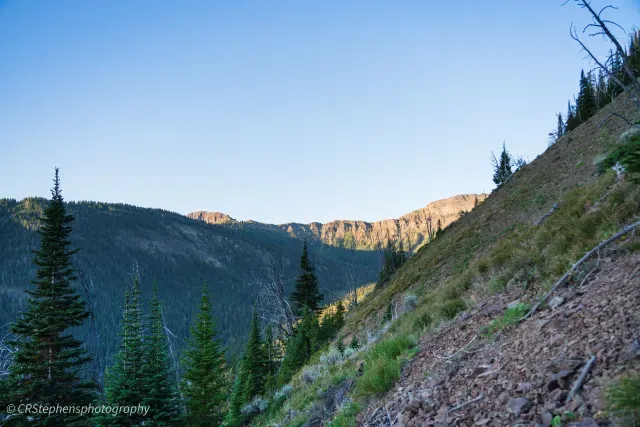
The boots a person should choose varies greatly on personal fit and feel. I have used a number of boots that I would personally recommend a person tries. Stiffness is a good way to categorize hunting boots because many people have a preconceived preference.
Mid- Soft
Mid- Firm
Firm
Socks
No matter the weather conditions, socks are a very important base layer. I like to use the Kenetrek sock system. This system includes a liner sock and a wool sock. This liner sock is an important piece to keeping your feet dryer in hot conditions and cold conditions and it also adds protection from blisters. The wool sock can be manipulated to match the weather and personal preferences. Kenetrek offers multiple weights of wool socks and many other companies offer good options too. If you have a favorite wool sock brand already, stick with it and add some liner socks.
Clothing
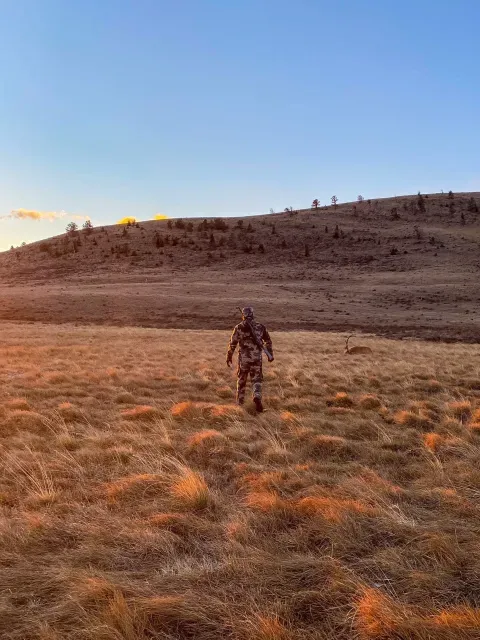
Baselayers
I am a fan of quality wool base layers. I have had good luck with First Lite's array of base layers, but there are many companies that make good quality base layers.
Warm Weather
First Lite Wick base layers are a great lightweight wool option. I have their underwear, short sleeve shirt, and long sleeve quarter zip from this line. These underwear are amazing and a person could wear them all day every day. The short sleeve is great for everyday wear that you can also use on those super hot days in the field. The long sleeve quarter zip is what I use most for an upper body piece when in the field. I prefer the extra concealment vs the short sleeve. The long zipper in the front lets you get extra ventilation when hiking in or out of a spot. Something that is often overlooked is a hood for hot weather. You can get the wick hoody that gives you some extra protection from the sun.
Moderate Weather
When it comes to the middle ground of moderate weather you have quite a bit of options that you can choose from based on personal preference and activity levels. I have been wearing a Kuiu Pro Merino 200 for a long time as my primary base layer when the weather isn't scorching hot. Although it is a somewhat heavier wool piece, I have found that it has a very large temperature range with its large zipper in the front for dropping body heat. I wear the same light wool underwear for moderate weather, that I do for warm weather.
Cold Weather
Cold weather is when the base layers can make or break you. This is when a person learns to love a good wool layer. First Lite's Kiln line is what I turn to when the weather turns cold. In this line I have underwear, long johns, and a quarter zip long sleeve. The kiln line is a 250 weight wool that feels almost like fleece on the inside. It is very warm and cozy.
Insulation/ Midlayers
There are a number of great insulation layer options out there. These insulation layers can be put on as an outside layer or they could be placed under a softshell. I personally run my insulation layers under a softshell. This means I am running mostly vests or midweight insulation layers. The reason I like to have a softshell for my outside layer is to help combat the wind. Where I hunt in Montana it is windy most of the hunting season, so having the option to keep that outer layer consistent and just add layers underneath with dropping temperatures is helpful.
Vests
Vests are definitely my favorite insulation layer. They allow you to give yourself extra warmth while still allowing you some breathability.
Shirts/ Hoodies
Outerwear/ Jackets/ Pants
Archery Equipment
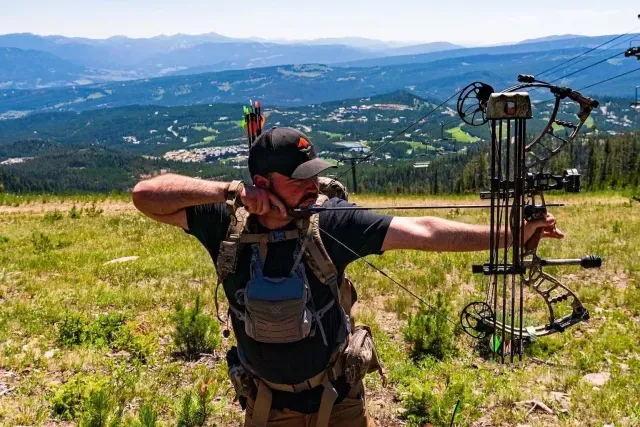
Quiver
If you are looking to cut some weight off of your bow-hunting rig, do not cut your quiver. I have watched clients come out with a tube of arrows on their backs and try to hunt elk with them. They move around a lot and things don't always go as planned, so that ends up being one more moving part that you have to worry about as a shooter. I use a Tight Spot 5 Arrow Quiver. It is extremely lightweight and simple to use. This quiver has a few places you can adjust mounting and arrow fitment while still remaining simple and easy to use.
Sight
A five-pin fixed sight is definitely the way to go when hitting the mountains to hunt elk. You can't always know exactly where the elk will stand when they come in, so having to decide one distance to have your sight set can be detrimental to your success. I use the Black Golf Ascent Pro 5 Pin. You will look at this sight and think "this isn't a fixed pin sight" but it acts as one. You will sight this in with your five pins ranging from 20-60 yds (or there about) and you can slide it to shoot those further distances. This sight has all the bells and whistles while still offering simple operation and zero hassle.
Release
Lighted Nocks







